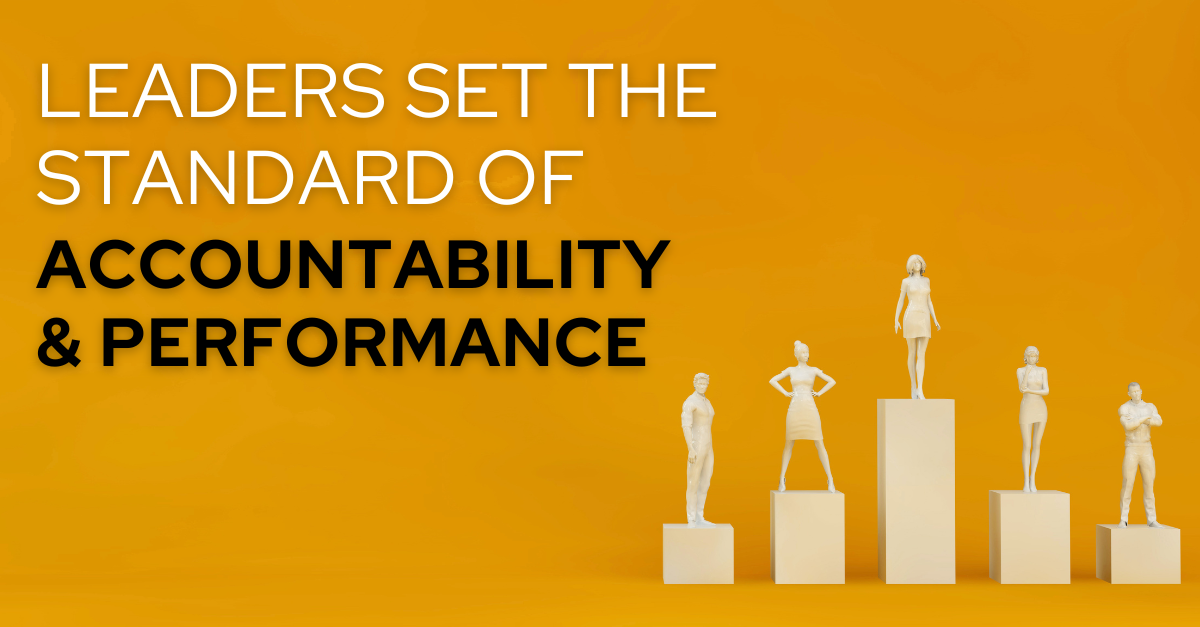The popularity and proliferation of Ted-talks the last decade has caused a revolution in the way people present ideas and attempt to influence others. Traditional PowerPoint presentations have become the arch nemesis of this revolution. Great minds such as Steve Jobs, Tony Robbins, and Simon Sinek are its vanguard.
As I prepared for a recent presentation to the Vancouver Rotary Club on the subject of What Really Motivates, I tried to incorporate as many revolutionary strategies as I could. Here are some of the best presentation tips I have come across which have helped me immensely.
Structure
- Build a Message Map. A Message Map is one central idea supported by three key messages that should be used as the framework for your talk. Research has shown that most people can only retain about three things from one presentation, hence three key messages instead of four or five. I learned this tip (and several others) from the book Talk Like Ted by Carmine Gallo and it’s probably the most important tip I can pass along to you. It helps keep a message concise and focused and ties it all together nicely.
- Tell stories. Effective presenters use stories to explain complex concepts in simple, memorable terms. Stories, and particularly personal ones, help the audience relate more to the presenter making him or her appear more trustworthy.
- Answer these three questions for the audience: Why should I care? How will this benefit me? What must I do? Presentations that don’t answer these questions in that order will fail to capture the audience’s attention and lack the capacity to persuade them.
Slides
- Try to stay under 25 words per slide. For maximum impact, each slide should only convey one message.
- Pictures are worth more than a thousand words. Humans process images 60,000 times faster than words and remember them six times better. Like stories, pictures can also convey difficult to understand concepts in a single portrayal. Besides that, they’re far more interesting to look at than text.
- Ditch the bullet points. Most great presenters don’t use any bullet points. Everyone has sat through a PowerPoint presentation with endless lists of bullet points that are hard to read and even harder to remember. Don’t inflict bullet-laden slides on others. Instead, use objects like I did on slide 24, or try these suggestions.
Polish
- Insert emotion. The most engaging presentations “reach your head and touch your heart” – Carmine Gallo. Loads of research show that people make decisions primarily based on emotion, not logic. For example, when Elon Musk recently unveiled Tesla’s new battery system, he spent most of the presentation talking about the damage that carbon emissions will do to the environment and global economy, as opposed to elaborating on the technical specifications.
- Don’t read the slides. Remember, you are not speaking to the slides, the slides are supporting your message. Many of my slides reinforced the stories I told, which is why some of the slides don’t completely make sense without the dialogue. I also use slides as prompts to help me remember the key points I want to make and to keep me on track.
- Remember the 30 to 1 rule. For every hour presenting, you should spend 30 hours crafting the story, 30 hours building the slides, and 30 hours rehearsing. Don’t cheat on the rehearsing. It is commonly said that people are more afraid of public speaking than death. Anyone who can have a conversation with another human being can learn to be a good public speaker. It just takes practice.
Every senior manager is required to make presentations from time to time. Making killer presentations is a great way to build support for your point of view and move people in the direction you want them to go. Following these 9 tips will help you do that and charm your audience in the process.
_____________________________________________________________________________________
If you ever have any questions on how to build a better presentation, feel free to email me at mtimms@availleadership.com.





